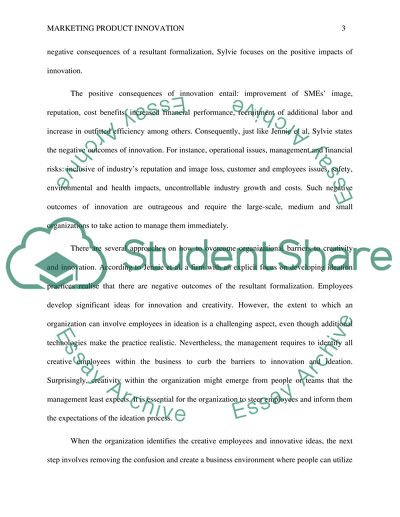Cite this document
(“Product Innovation Essay Example | Topics and Well Written Essays - 1750 words”, n.d.)
Retrieved de https://studentshare.org/marketing/1474324-product-innovation
Retrieved de https://studentshare.org/marketing/1474324-product-innovation
(Product Innovation Essay Example | Topics and Well Written Essays - 1750 Words)
https://studentshare.org/marketing/1474324-product-innovation.
https://studentshare.org/marketing/1474324-product-innovation.
“Product Innovation Essay Example | Topics and Well Written Essays - 1750 Words”, n.d. https://studentshare.org/marketing/1474324-product-innovation.


